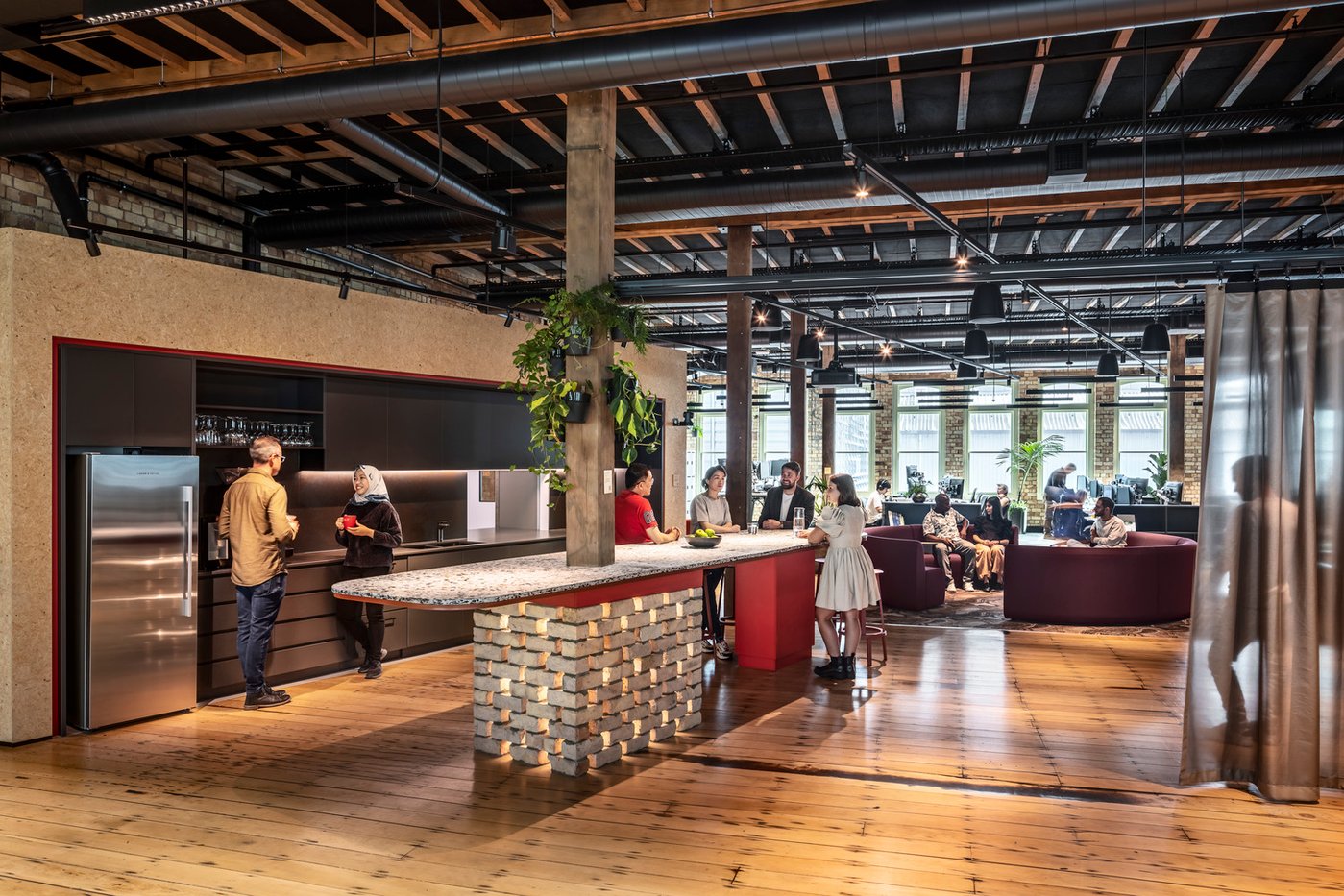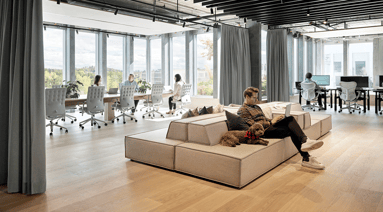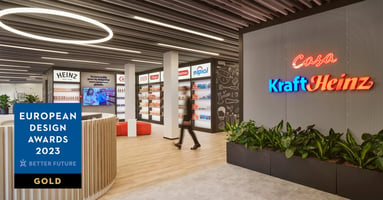
A recent WorkDesign article discusses the role of sustainable office interior design in the carbon footprint of office spaces.
Faced with escalating climate concerns and government regulation, organizations, particularly in real estate, are challenged to address their global CO2 emissions. While strides have been made to curb energy-related emissions and sustainable construction practices, the environmental impact of sustainable office design and interior fit-outs often goes unnoticed.
The construction of office interiors is a significant source of emissions over the building’s lifespan. How can organizations take leadership in energy and environmental design by addressing climate change through sustainable office interior design?
1. Do less, more often
Sustainable commercial design must take into account interior fit-outs, emphasizing that doing less, more frequently, yields greater environmental impact. CO2 emissions come from two primary sources: operational emissions, like those from electricity, and embodied emissions, which result from emissions throughout the manufacturing and transportation process.
While initially, the impact of core and shell construction outweighs that of the interior design, commercial office interior fit-outs rarely last the building’s entire lifespan. The cumulative emissions from frequent fit-out replacements overshadow a building’s operations and embodied emissions. Sustainable commercial design should aim to refresh workspaces every 2.5-8.5 years and incorporate sustainable materials and practices.
2. Understand material manufacturing impact
Choosing furnishings wisely is crucial to reduce embodied emissions in interior fit-outs. Opt for high-quality, repairable items to cut costs and have maximum environmental impact. Our Arup project exemplifies this approach by reusing and locally sourcing furniture to maintain a low carbon footprint. This extends to design accents, where salvaged materials, such as historic bricks and 5,000 pieces of plastic waste were used for the countertop—showcasing a commitment to sustainable building design practices in both function and aesthetics.
3. Incorporate timeless design elements
Office interior fit-outs generate operational emissions during renovations, with projects lasting three to four months accumulating extra energy consumption emissions. Neutral colors and timeless design elements, as seen in the Arup project, mean less frequent renovations. In the Arup project, incorporating Māori principles and infusing biophilic elements, such as punga logs and native plants, creates an enduring connection to nature for evergreen, sustainable office design.
Having a thoughtful and effective workplace strategy that considers the needs of all employees provides companies with the opportunity to differentiate themselves and create a best-in-class hybrid workplace. This can positively impact talent attraction and retention and, ultimately, businesses’ bottom lines.
For a deeper dive into sustainable office interior design and the Living Building Challenge, read more here.


